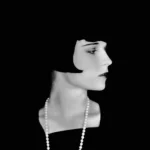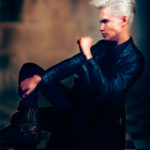“Hairstyles and Identity: Exploring the Social and Personal Importance of Hair”
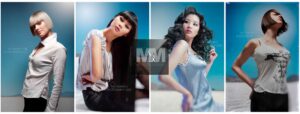
Hairstyles play a significant role in our lives, influencing not just our appearance but also our self-esteem, identity, and social interactions. The importance of hairstyles transcends mere aesthetics, touching upon cultural, psychological, and social dimensions.
Cultural Significance
Hairstyles are deeply embedded in cultural traditions and can signify various aspects of identity, including ethnicity, religion, and social status. For instance, dreadlocks have cultural significance in Rastafarianism, symbolising a spiritual journey and connection to African heritage. Similarly, the intricate hairstyles of the Maasai tribe in Kenya denote age, marital status, and community role. In many Asian cultures, hairstyles have historical importance; for example, the traditional Japanese “chonmage” topknot was once a symbol of the samurai class. Through these examples, it is clear that hairstyles can carry profound cultural meanings and are often used to express collective identity and preserve heritage.
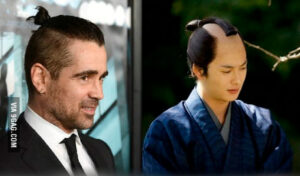
Personal Identity and Self-Expression
On a personal level, hairstyles are a powerful means of self-expression. People often choose hairstyles that reflect their personality, tastes, and lifestyle. A punk rock enthusiast might opt for a brightly colored mohawk to convey rebellion and individuality, while someone in a corporate setting might prefer a conservative cut to project professionalism. Changing one’s hairstyle can also be a way to signify a personal transformation or new chapter in life. For instance, cutting off long hair after a breakup or illness can symbolize a fresh start and reclaiming of control. Thus, hairstyles are not just about looks; they are about conveying who we are and how we feel.
Psychological Impact
The psychological impact of hairstyles cannot be understated. A good hairstyle can significantly boost self-confidence and self-esteem. When people are happy with their hair, they often feel more attractive and capable, which can positively influence their interactions and opportunities. Conversely, a bad hair day can lead to feelings of frustration and self-consciousness. In extreme cases, hair loss or negative experiences with hair can contribute to mental health issues such as body dysmorphic disorder. Therefore, hairstyling is often more than a superficial concern; it is intricately linked to our mental well-being.
Social Interactions and Perceptions
Hairstyles also play a critical role in social interactions and perceptions. People often make judgments about others based on their hair, associating certain styles with specific traits or behaviors. For instance, a well-groomed hairstyle might be perceived as a sign of professionalism and attention to detail, while an unconventional style might be seen as a mark of creativity or nonconformity. These perceptions can influence social dynamics, from job interviews to personal relationships. Understanding this, many people choose hairstyles strategically to fit into certain social contexts or to achieve specific social goals.
The Role of Media and Trends
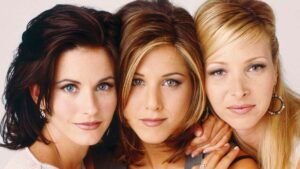
Media and trends significantly influence hairstyles, reflecting and shaping societal norms and aspirations. Celebrities and influencers often set hairstyle trends that are rapidly adopted by the public. The “Rachel” haircut from the TV show “Friends” is a classic example, sparking a global trend in the 1990s. Social media platforms like Instagram and TikTok further accelerate these trends, making it easier for new styles to gain popularity and for people to find inspiration and tutorials for achieving these looks. This dynamic showcases how hairstyles are part of a larger cultural conversation and how they evolve over time.
Conclusion
In conclusion, hairstyles are far more than a matter of appearance. They are a form of cultural expression, a reflection of personal identity, and a tool for social navigation. They impact our psychology and how we are perceived by others, influenced by cultural traditions and contemporary trends. Recognizing the multifaceted importance of hairstyles can lead to a deeper appreciation of this everyday art form and its powerful role in shaping human experience.


